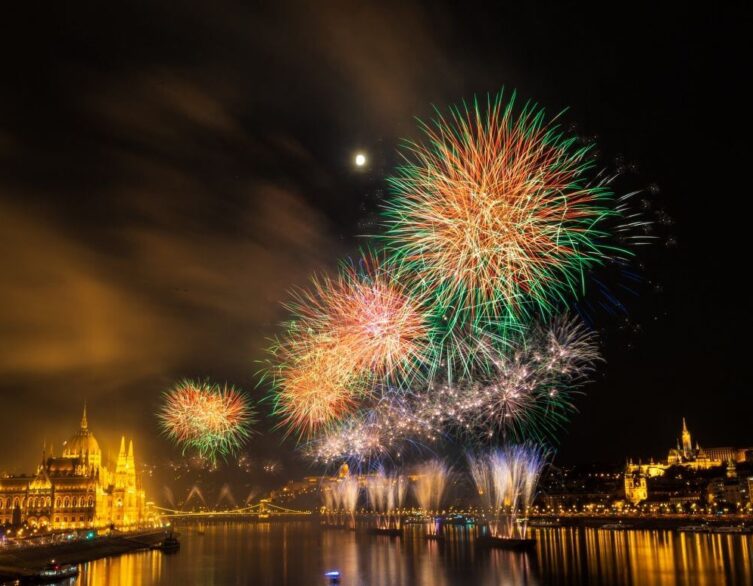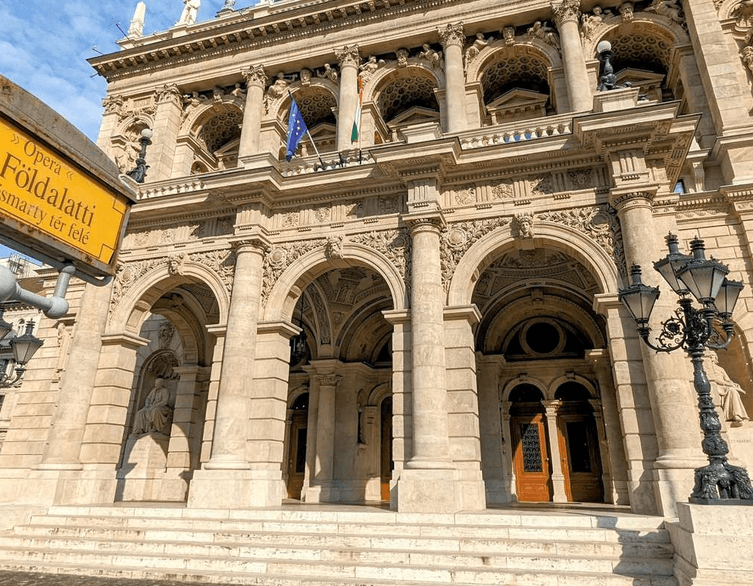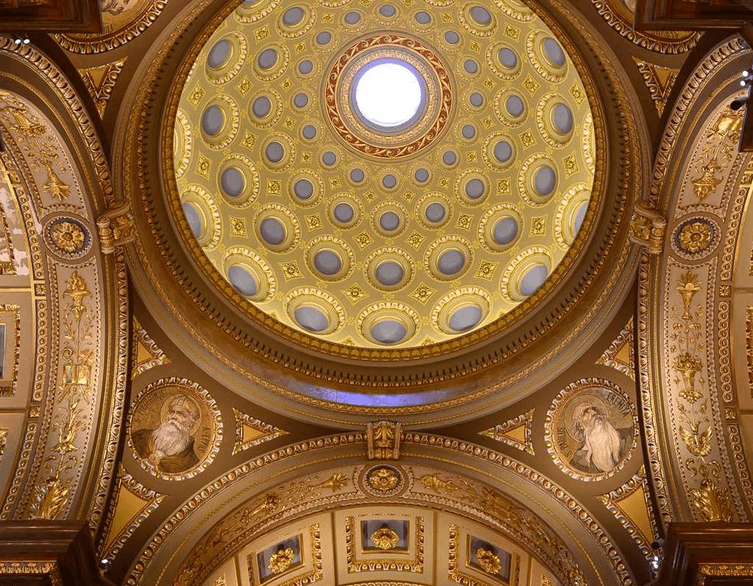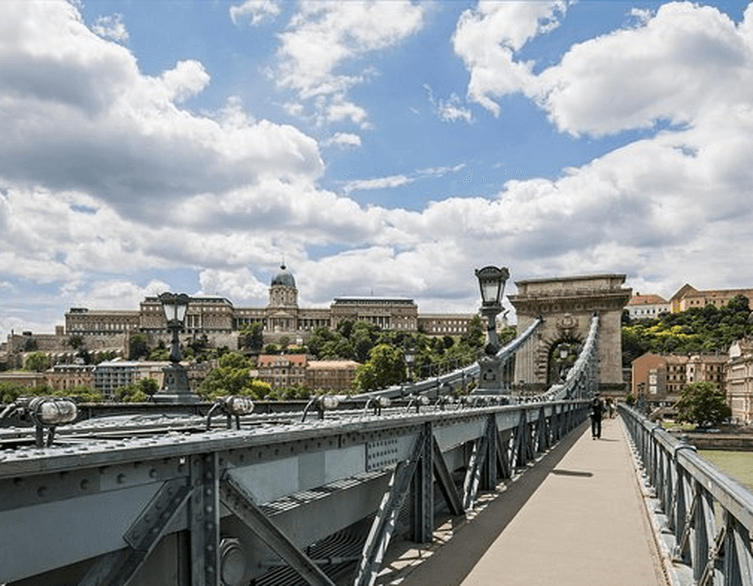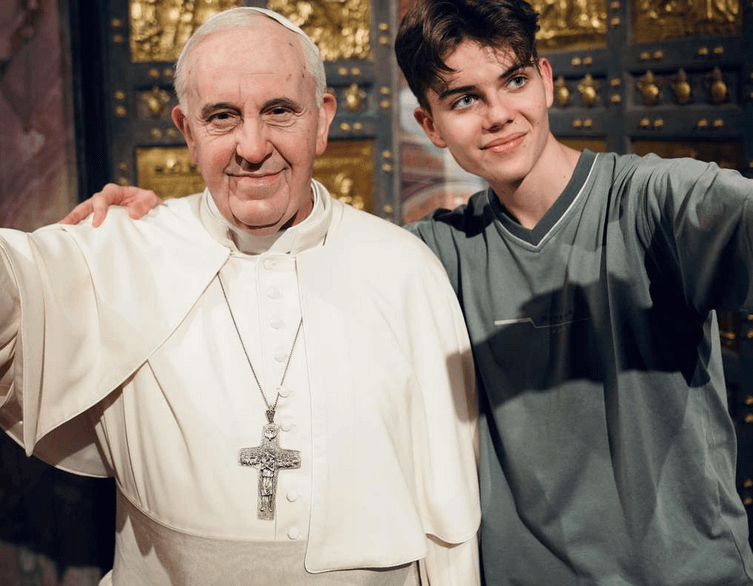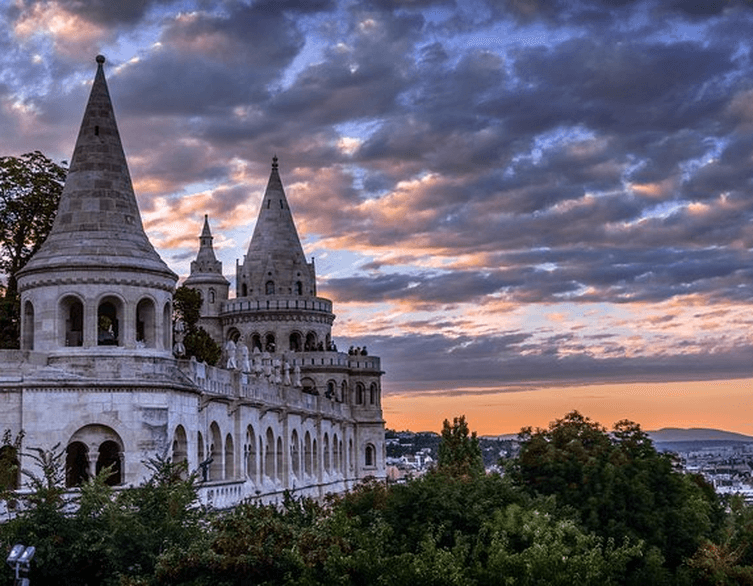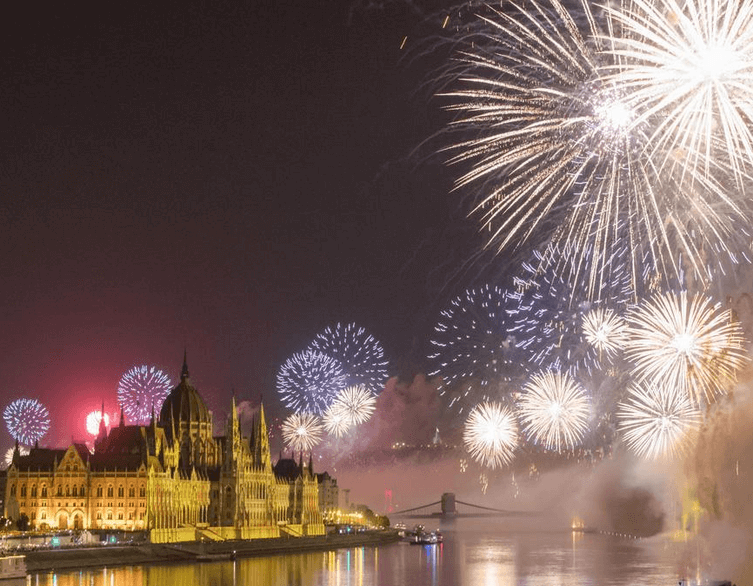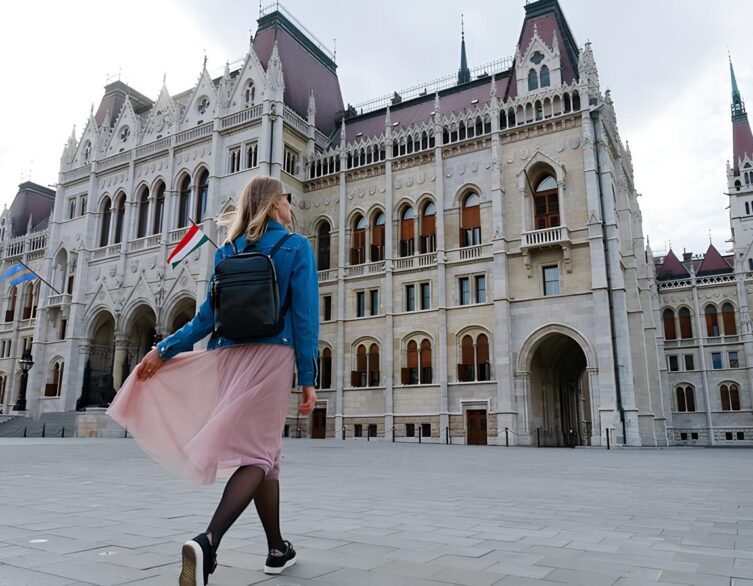Farkasréti Cemetery: A History-Rich Resting Place
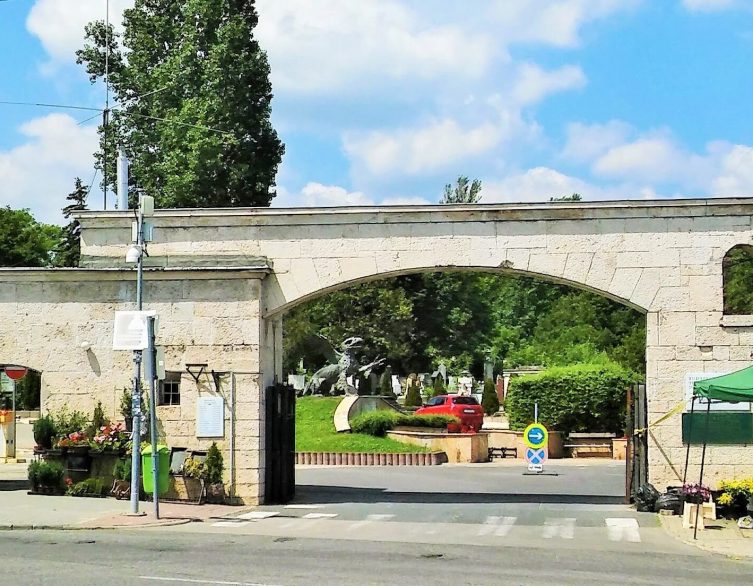
Nestled in the heart of Budapest, Farkasréti Cemetery is a tranquil oasis that offers visitors a unique chance to explore Hungary’s rich history and culture. This large cemetery, spanning over 60 acres, is not just a final resting place but also an open-air museum blending art, architecture, and nature.
Immersing in History
As you enter through the ornate gates, you’ll be greeted by a serene atmosphere perfect for reflection. The well-kept grounds are filled with lush greenery, providing an escape from the bustling city. Winding paths lead you on a journey through time and memory.
One striking feature is the impressive collection of elaborate tombs and monuments. These architectural masterpieces showcase diverse styles from neo-Gothic to Art Nouveau. Each structure tells a story, inviting you to unravel the lives of notable Hungarians buried here.
Best deals of Budapest
Historic and Cultural Significance
Farkasréti Cemetery was established in 1886 and has since become one of the most prestigious cemeteries in Budapest. It covers an area of approximately 60 hectares and is known for its beautiful landscaping and impressive monuments.
The cemetery holds great historical significance as it serves as the final resting place for many prominent figures who played crucial roles in shaping Hungary’s history, culture, and society. Their tombs are adorned with intricate carvings, poetic inscriptions, and symbolic motifs honoring their legacies. It is almost impossible to list all the notable Hungarians buried here who have made significant contributions to various fields.
People Who Shaped History
One if not the most important historical figure buried here is Imre Nagy (1896- 1958) a former Prime Minister of Hungary, who played a crucial role in the 1956 Hungarian Revolution against Soviet rule.
Among the artists Mihály Munkácsy (1844-1900) stands out as one of the greatest Hungarian painters, known for his large-scale historical paintings. Farkasréti Cemetery is also the final resting place of Béla Bartók (1881-1945) and Zoltán Kodály (1882-1967) both world-renowned and celebrated Hungarian composers.
There is a great number of Olympic sportsmen who were laid to rest under the great ancient trees of the cemetery, including Ferenc Puskás (1927-2006), the legendary Hungarian footballer, and Sándor Iharos (1940-1996) a long-distance runner and the holder of multiple world records.
Sadly the list of notable figures buried at Farkasréti Cemetery continues to grow as these peerless individuals leave their final mark on the face of this land. This ever-growing sorrowful list includes writers, politicians, and scientists, making it a fascinating place to visit and learn about the remarkable Hungarians who have left their mark on history.
Guided tours are available to provide insights into the lives of these illustrious individuals, enriching your understanding of Budapest’s and Hungary’s history with fascinating tales.
In the Protective Arms of Nature
Beyond its historical significance, Farkasréti Cemetery is a haven for nature lovers. The lush gardens provide a peaceful sanctuary for birdwatching and a chance to slow down amidst the city’s bustle. The cemetery itself is embraced by the scenic forests of the Széchenyi Mountain offering wonderful views over Budapest. With its winding paths among the serene gardens and parcels dedicated to artists, scientists, historical figures, Farkasréti Cemetery can truly take its visitors on a deep journey through the beauties of nature, the lives of extraordinary people, and the history of a beautiful country.
Getting There
Farkasréti Cemetery is located in the 12th district of Budapest, approximately 6 kilometers from the city center. It can be easily reached by public transportation, with several buses and a tram line serving the area.
Image source: https://bti.budapestikozmuvek.hu/farkasreti-temeto
Related news
Related events
Related attractions



